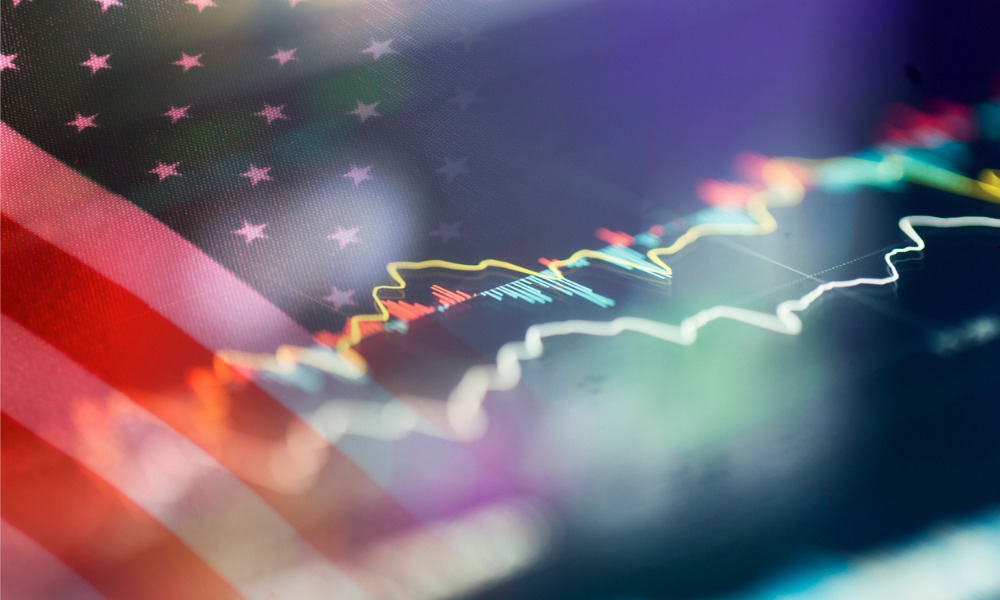Story of U.S. stock market’s fall and recovery holds valuable lessons for surviving today’s turbulence

As the U.S. stock market continues to swoon from the effects of the coronavirus, investors may wonder whether we’re finally entering bear-market territory, and what it would take to weather the storm. For those seeking clarity, a 20-year trip back in time might prove instructive.
“On March 10, 2000, the Nasdaq Composite Index hit an intraday high of 5132.52,” observed Wall Street Journal columnist Mark Hulbert. “By October 2002, the index had fallen 78.4%—to 1108.49.”
Even more agonizing, Hulbert said, was the index’s crawl back to its March 2000 level, which took until November 2014 even after dividends were taken into account; accounting for inflation reveals an even longer timeline, terminating in August 2017.
Should the Dow Jones Industrial Average recreate that drama, he said it would trade at around 5400 in October 2022, and would not revisit its present level until November 2034 in nominal terms or summer in 2037 in real terms.
“Taking into account all U.S. bear markets since the mid-1920s, I calculate it took an average of just 3.1 years for the broad market on a dividend- and inflation-adjusted basis to make its way back to where it stood before the bear market began,” Hulbert said, confirming that the Nasdaq’s slow post-2000 recovery was the longest in U.S. history.
What can investors do to make sure they don’t endure such a long-drawn process of revival? Diversification is one key ingredient. One reason the Nasdaq took so long to return to fighting trim, Hulbert said, was its sheer lack of diversification 20 years ago: as of March 2000, Cisco Systems had the largest market cap of any stock, and it had the largest share in the cap-weighted Nasdaq Composite index.
“Over the two years subsequent to the bursting of the internet bubble, the stock dropped more than 90%,” he said.
Today’s U.S. stock market faces similar concentration risks, with the five largest S&P 500 companies in terms of market cap making up over 18% of the combined market cap of all the index’s constituents. But on the slightly positive side, the comparable proportion for the ill-fated Nasdaq was more than 40%, according to Hulbert.
“The other investment lesson is that valuations matter, even though they don’t seem to when things are humming,” he added. At the height of the dot-com bubble, Nasdaq’s price/earnings ratio surpassed 100 based on trailing 12 months’ earnings; on a subsequent 12-month earnings basis, it was 75. “Both were many orders of magnitude higher than the broad market’s long-term P/E average of below 20.”
Following its March 2000 peak, Hulbert calculated that the Nasdaq Composite eked out an annualized return of just 1.3% on an inflation and dividend-adjusted basis. The equivalent figure for the S&P, clocking in at 4.1% annualized, lags the 6.8% average annualized return for the past two centuries.
“Fortunately, the Nasdaq market’s P/E ratio is a lot lower today than 20 years ago,” Hulbert said. Citing Biriniyi Associates, he said the current ratio is 26.4 based on trailing 12-month earnings, and 22.2 on forward estimates.



